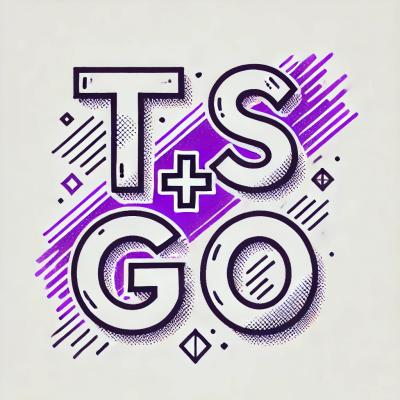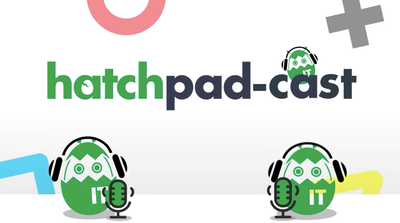
Security News
TypeScript is Porting Its Compiler to Go for 10x Faster Builds
TypeScript is porting its compiler to Go, delivering 10x faster builds, lower memory usage, and improved editor performance for a smoother developer experience.
github.com/Unleash/unleash-client-go
Unleash Client for Go. Read more about the Unleash project
NOTE The following instructions are for the v2 client which does not work with the latest
version of the Unleash Server (v3) unless legacy routes are enabled. It is recommended that you
use the v3 branch:
go get github.com/Unleash/unleash-client-go/v3
import (
"github.com/Unleash/unleash-client-go/v3"
)
go get github.com/Unleash/unleash-client-go
The easiest way to get started with Unleash is to initialize it early in your application code:
import (
"github.com/Unleash/unleash-client-go"
)
func init() {
unleash.Initialize(
unleash.WithListener(&unleash.DebugListener{}),
unleash.WithAppName("my-application"),
unleash.WithUrl("http://unleash.herokuapp.com/api/"),
)
}
After you have initialized the unleash-client you can easily check if a feature toggle is enabled or not.
unleash.IsEnabled("app.ToggleX")
To shut down the client (turn off the polling) you can simply call the destroy-method. This is typically not required.
unleash.Close()
The Go client comes with implementations for the built-in activation strategies provided by unleash.
Read more about the strategies in activation-strategy.md.
In order to use some of the common activation strategies you must provide a
unleash-context.
This client SDK allows you to send in the unleash context as part of the isEnabled call:
ctx := context.Context{
UserId: "123",
SessionId: "some-session-id",
RemoteAddress: "127.0.0.1",
}
unleash.IsEnabled("someToggle", unleash.WithContext(ctx))
This client uses go routines to report several events and doesn't drain the channel by default. So you need to either register a listener using WithListener or drain the channel "manually" (demonstrated in this example).
Requirements:
Run tests:
make
Run lint check:
make lint
Run code-style checks:(currently failing)
make strict-check
Run race-tests(currently failing):
make test-all
FAQs
Unknown package
Did you know?

Socket for GitHub automatically highlights issues in each pull request and monitors the health of all your open source dependencies. Discover the contents of your packages and block harmful activity before you install or update your dependencies.

Security News
TypeScript is porting its compiler to Go, delivering 10x faster builds, lower memory usage, and improved editor performance for a smoother developer experience.

Research
Security News
The Socket Research Team has discovered six new malicious npm packages linked to North Korea’s Lazarus Group, designed to steal credentials and deploy backdoors.

Security News
Socket CEO Feross Aboukhadijeh discusses the open web, open source security, and how Socket tackles software supply chain attacks on The Pair Program podcast.